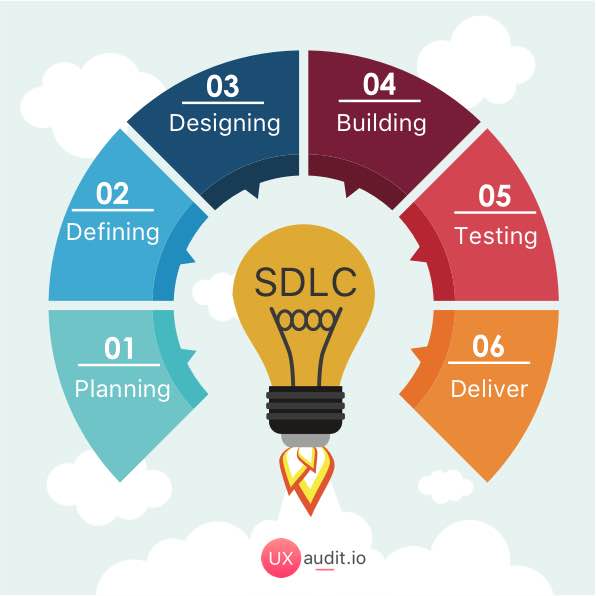
- Kirit Lakhani, UX Lead @ Zycus Inc.
8th July 2017


Are you double checking the end experience being delivered to your users? Does it comply with the experience you intended...
How to give your management team the wow factor they are seeking for. How to give your management team the wow factor they are seeking for.
How to give your management team the wow factor they are seeking for. How to give your management team the wow factor they are seeking for.
FACEBOOK COMMENTS WILL BE SHOWN ONLY WHEN YOUR SITE IS ONLINE